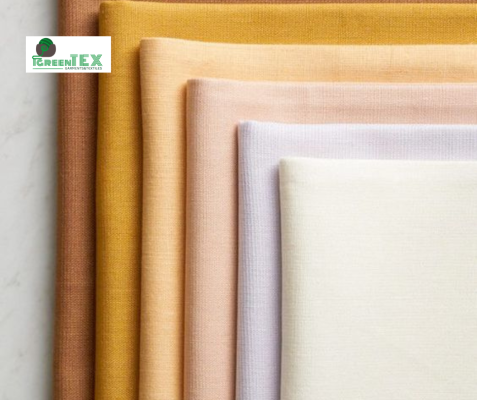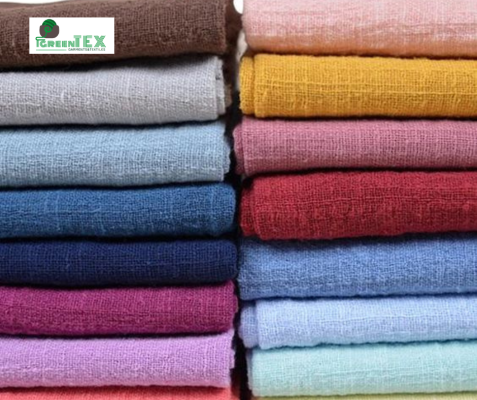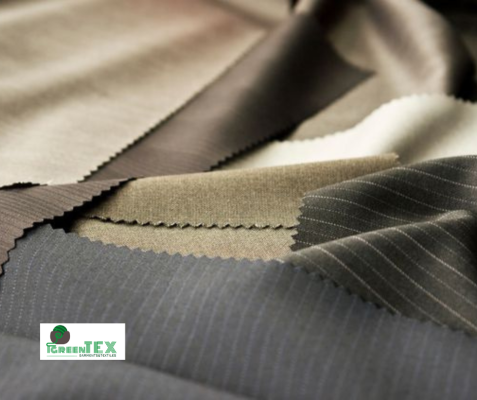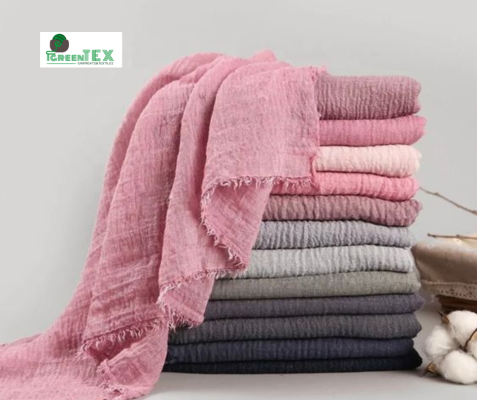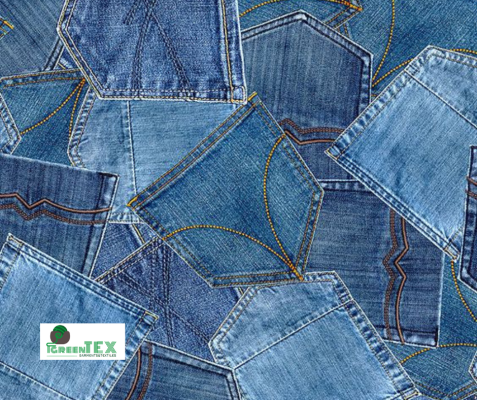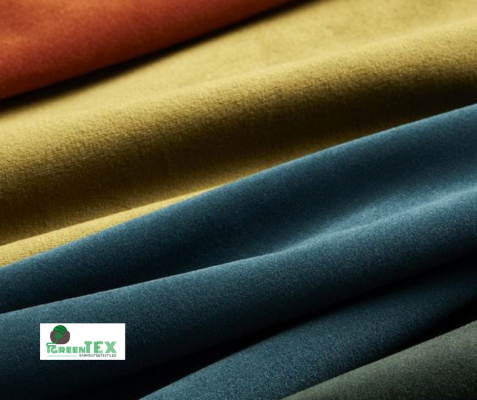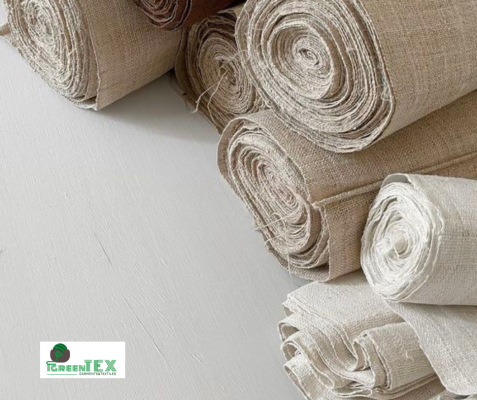“𝐖𝐨𝐯𝐞𝐧 𝐈𝐝𝐞𝐧𝐭𝐢𝐭𝐢𝐞𝐬”: 𝐅𝐚𝐛𝐫𝐢𝐜 𝐂𝐡𝐨𝐢𝐜𝐞𝐬 𝐚𝐧𝐝 𝐡𝐨𝐰 𝐭𝐨 𝐝𝐢𝐬𝐭𝐢𝐧𝐠𝐮𝐢𝐬𝐡 𝐭𝐨𝐝𝐚𝐲’𝐬 𝐟𝐚𝐛𝐫𝐢𝐜𝐬.
𝐹𝑎𝑏𝑟𝑖𝑐 𝑖𝑠 𝑎𝑛 𝑒𝑠𝑠𝑒𝑛𝑡𝑖𝑎𝑙 𝑒𝑙𝑒𝑚𝑒𝑛𝑡 𝑖𝑛 𝑡ℎ𝑒 𝑤𝑜𝑟𝑙𝑑 𝑜𝑓 𝑡𝑒𝑥𝑡𝑖𝑙𝑒𝑠, 𝑖𝑛𝑓𝑙𝑢𝑒𝑛𝑐𝑖𝑛𝑔 𝑒𝑣𝑒𝑟𝑦𝑡ℎ𝑖𝑛𝑔 𝑓𝑟𝑜𝑚 𝑐𝑙𝑜𝑡ℎ𝑖𝑛𝑔 𝑎𝑛𝑑 𝑎𝑐𝑐𝑒𝑠𝑠𝑜𝑟𝑖𝑒𝑠 𝑡𝑜 𝑖𝑛𝑡𝑒𝑟𝑖𝑜𝑟 𝑑𝑒𝑠𝑖𝑔𝑛 𝑎𝑛𝑑 𝑢𝑝ℎ𝑜𝑙𝑠𝑡𝑒𝑟𝑦. 𝑈𝑛𝑑𝑒𝑟𝑠𝑡𝑎𝑛𝑑𝑖𝑛𝑔 𝑡ℎ𝑒 𝑣𝑎𝑟𝑖𝑜𝑢𝑠 𝑡𝑦𝑝𝑒𝑠 𝑜𝑓 𝑓𝑎𝑏𝑟𝑖𝑐𝑠 𝑎𝑣𝑎𝑖𝑙𝑎𝑏𝑙𝑒 𝑐𝑎𝑛 ℎ𝑒𝑙𝑝 𝑦𝑜𝑢 𝑚𝑎𝑘𝑒 𝑖𝑛𝑓𝑜𝑟𝑚𝑒𝑑 𝑐ℎ𝑜𝑖𝑐𝑒𝑠 𝑏𝑎𝑠𝑒𝑑 𝑜𝑛 𝑓𝑎𝑐𝑡𝑜𝑟𝑠 𝑙𝑖𝑘𝑒 𝑐𝑜𝑚𝑓𝑜𝑟𝑡, 𝑑𝑢𝑟𝑎𝑏𝑖𝑙𝑖𝑡𝑦, 𝑎𝑛𝑑 𝑠𝑡𝑦𝑙𝑒. 𝐻𝑒𝑟𝑒’𝑠 𝑎 𝑐𝑜𝑚𝑝𝑟𝑒ℎ𝑒𝑛𝑠𝑖𝑣𝑒 𝑔𝑢𝑖𝑑𝑒 𝑡𝑜 𝑑𝑖𝑓𝑓𝑒𝑟𝑒𝑛𝑡 𝑡𝑦𝑝𝑒𝑠 𝑜𝑓 𝑓𝑎𝑏𝑟𝑖𝑐𝑠:
𝐍𝐚𝐭𝐮𝐫𝐚𝐥 𝐅𝐚𝐛𝐫𝐢𝐜𝐬
1. Cotton:
Characteristics: Soft, breathable, and absorbent. It’s versatile and easy to care for.
Common Uses: T-shirts, jeans, dresses, bed linens, and towels.
2. Silk:
Characteristics: Luxurious, smooth, and lustrous. It’s lightweight and has excellent moisture-wicking properties.
Common Uses: High-end dresses, blouses, lingerie, scarves, and accessories.
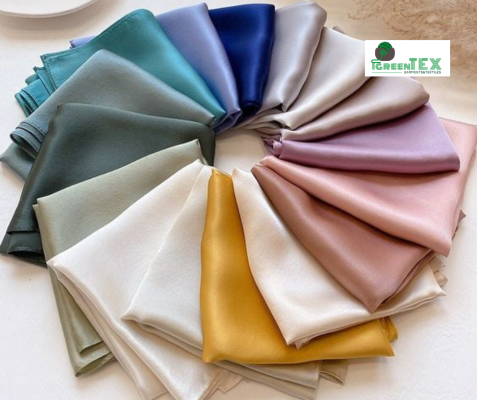
Characteristics: Breathable, lightweight, and has natural cooling properties. It’s known for its crisp texture.
Common Uses: Summer clothing, tablecloths, and home textiles.
𝐒𝐲𝐧𝐭𝐡𝐞𝐭𝐢𝐜 𝐅𝐚𝐛𝐫𝐢𝐜𝐬
1. Polyester:
Characteristics: Durable, wrinkle-resistant, and color-fast. It retains its shape well.
Common Uses: Activewear, outerwear, and blends with other fabrics.
2. Nylon:
Characteristics: Strong, elastic, and quick-drying. It has high abrasion resistance.
Common Uses: Hosiery, swimwear, activewear, and lightweight outerwear.
3. Rayon (Viscose):
Characteristics: Smooth, drapes well, and resembles natural fibers like silk and cotton.
Common Uses: Dresses, blouses, linings, and casual wear.
𝐒𝐩𝐞𝐜𝐢𝐚𝐥𝐭𝐲 𝐅𝐚𝐛𝐫𝐢𝐜𝐬
1. Denim:
Characteristics: Sturdy, twill-woven cotton fabric, often associated with jeans.
Common Uses: Jeans, jackets, skirts, and casual wear.
2. Velvet:
Characteristics: Luxurious fabric with a dense pile that gives a soft and plush feel.
Common Uses: Formal wear, upholstery, and accessories.
𝐄𝐧𝐯𝐢𝐫𝐨𝐧𝐦𝐞𝐧𝐭𝐚𝐥𝐥𝐲-𝐅𝐫𝐢𝐞𝐧𝐝𝐥𝐲 𝐅𝐚𝐛𝐫𝐢𝐜𝐬
1. Hemp:
Characteristics: Durable, breathable, and eco-friendly. It becomes softer with each wash.
Common Uses: Casual clothing, bags, and accessories.
2. Bamboo:
Characteristics: Soft, moisture-wicking, and antimicrobial. It’s considered sustainable.
Common Uses: Activewear, undergarments, and eco-friendly clothing.
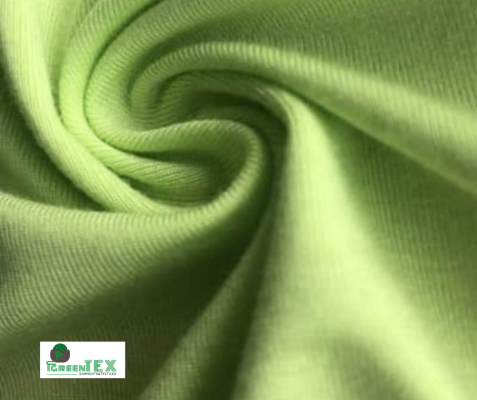
You can order or you can have more useful news in our website: https://info@lydigreentex.com.com
WhatsApp/ Viber/ Zalo .No: +84938.045.900
We have all international shipping line to all countries.

